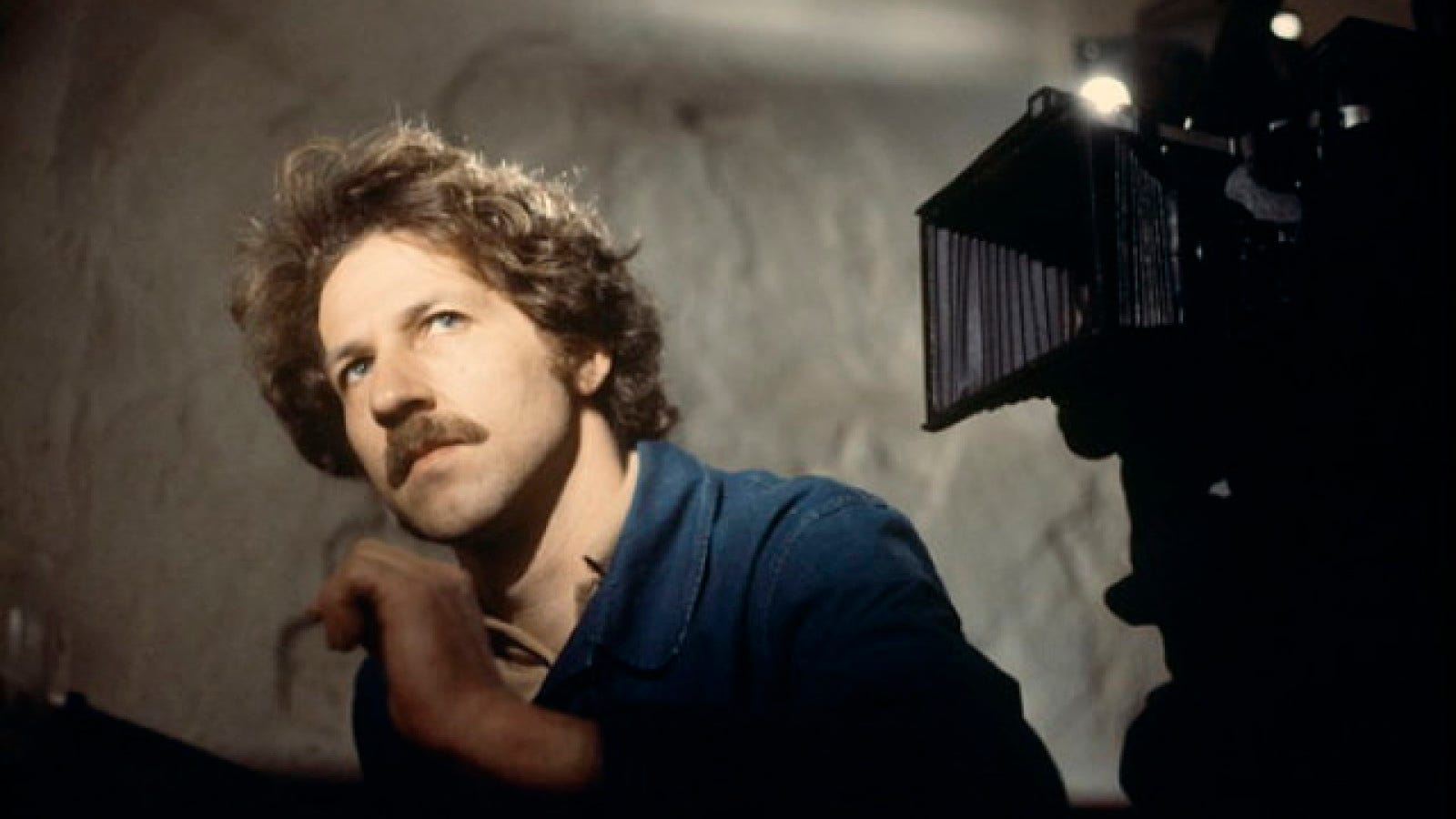
There certainly have been characters throughout music history who are worthy of documenting their lives in film. Many have the classic and rather boring ‘rags to riches’ theme attached to their trajectory, and there are also very compelling stories — Mendelssohn comes to mind — of musicians who come from considerable wealth. In the end, it is the music that they created and performed that have tattooed their lives into the skin of history.
A documentary is only as successful and truthful as the storyteller behind the lens. And storytelling and truth do belong next to each other! Truth is an abstraction that can only become real when it is told, understood, and believed. Like a concert, film making is a triangulation between the director, the subject, and it’s audience. As you will see in the documentaries I have chosen, the path to the truth can be as inventive and artistic as the artist being explored!
One of the great music documentarians is Bruno Monsaingeon. He has made over 92 documentaries, long and short, of musicians, composers, and the artform itself. Of the documentaries I have seen, I absolutely adore, Sviatoslav Richter — The Enigma.
Gennadi Rozhdestvensky — Conductor or Conjuror
And, Glenn Gould, Hereafter, which is free to watch on Amazon if you have Prime.
While Berlin Philharmonic’s Digital Concert Hall is still free, there are a couple of documentaries certainly worth watching. Georg Wübbolt’s 2011 documentary, Carlos Kleiber: I am lost to the world is an honest account of the troubled, yet fascinating conductor.
And the 2004, Rhythm Is It!, by Thomas Grube and Enrique Sánchez Lansch is an uplifting and revealing film about how the choreographer, Royston Maldoom, trained young Berlin children from 25 different national backgrounds to dance Stravinsky’s Le Sacre du printemps with the Berlin Philharmonic.
In 2007, for the 125th anniversary of the Berlin Philharmonic, Enrique Sánchez Lansch revealed, through interviews with surviving musicians and the their archives, the chapter in the history of the Berliner Philharmonic: the years of National Socialism from 1933 to 1945.
It is very easy for documentarians to become sycophants. Yes, what the musicians have achieved is extraordinary, but who they are is often quite ordinary. The connections between these two seemingly opposite poles is what makes the story!
A recent documentary, Miles Davis: Birth of the Cool on PBS American Masters and directed by Stanley Nelson finds that perfect balance between adulation and contempt.
Wim Wenders 1999 documentary, Buena Vista Social Club, deftly captures Ry Cooder’s discovery of the masters and founders of Afro-Cuban jazz who were still alive. Watching them perform and learning about their meager existence makes for one of the great documentaries on this genre. Easily rented or bought.
One of the truly great cosmopolitan musicians of the twentieth century, the pianist Arthur Rubinstein could tell a great joke in five languages. A perfect foil for a documentary, the 1969 film L’amour de la Vie (The Love of Life), directed by Gérard Patris, won that year’s Academy Award for Best Documentary Feature. I hope that there is a print that can be remastered. It deserves it!
The last documentary I’ll share is an extraordinary film of the renaissance composer, Carlo Gesualdo. His life is surrounded with as much myth as there is fact. Appropriately, Werner Herzog’s Gesualdo: Death for Five Voices captures both through interviews with musicologists, performances of his madrigals and songs, and the people who live in the town of Gesualdo today, who all seem to live comfortably between fact and fiction.
